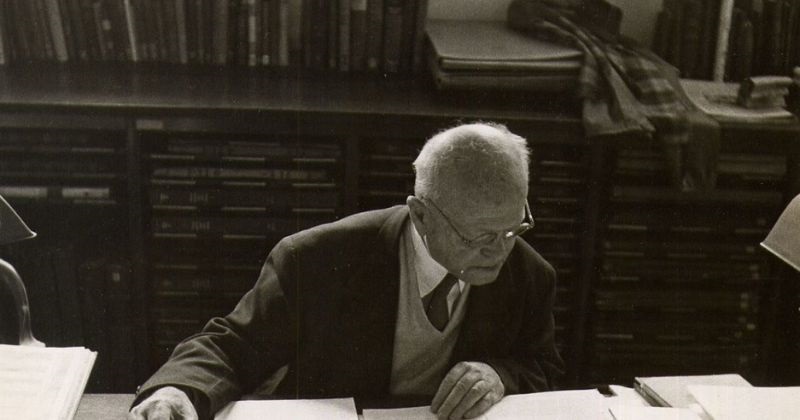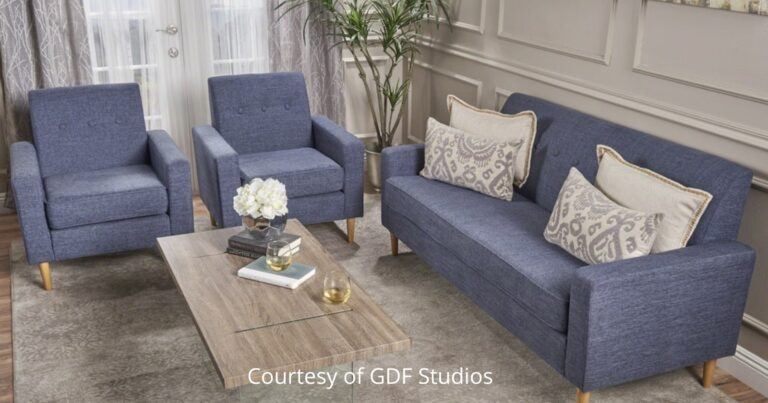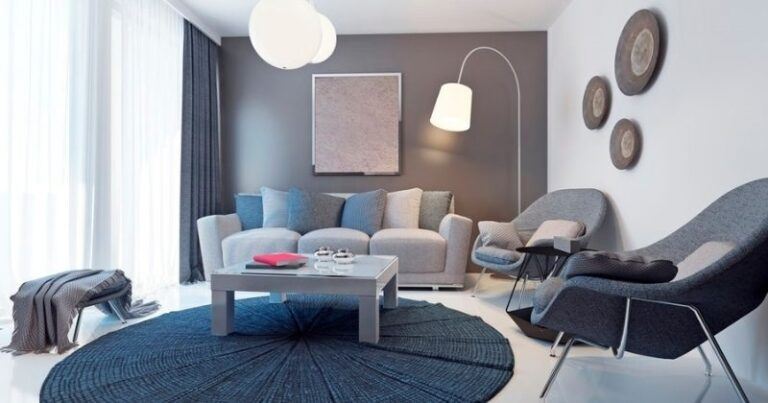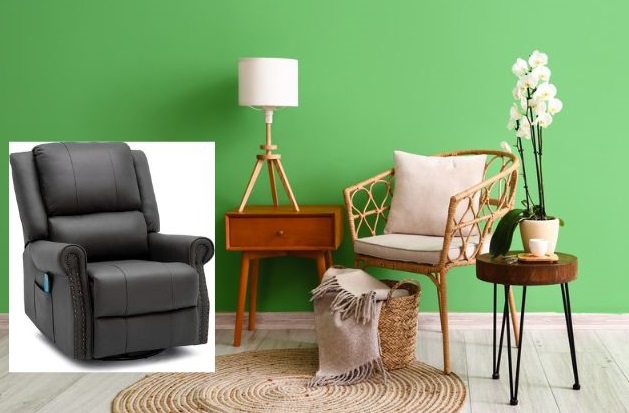Paul Frankl was one of the most influential figures in furniture design history. This Austrian-born designer revolutionized the industry, becoming a driving force behind many of today’s popular styles found in homes and on shopping lists everywhere. His bold use of color and modern shapes continue to inspire designers around the world – even nearly a century after his first designs were created! Let’s take a few moments to step back in time and explore Paul Frankl’s vast influence on furniture design and why he is still celebrated by homeowners and shoppers alike today.
And if you’re looking for high-quality furniture with a unique, modern flair, Paul Frankl is the perfect designer for you. His pieces are both beautiful and functional, and they’ll add a touch of personality to any room in your home. Whether you’re shopping for a new sofa or dining table, you’re sure to find something you love in Paul Frankl’s collection. Keep reading to learn more about this talented designer and his amazing furniture.
Who was Paul Frankl?
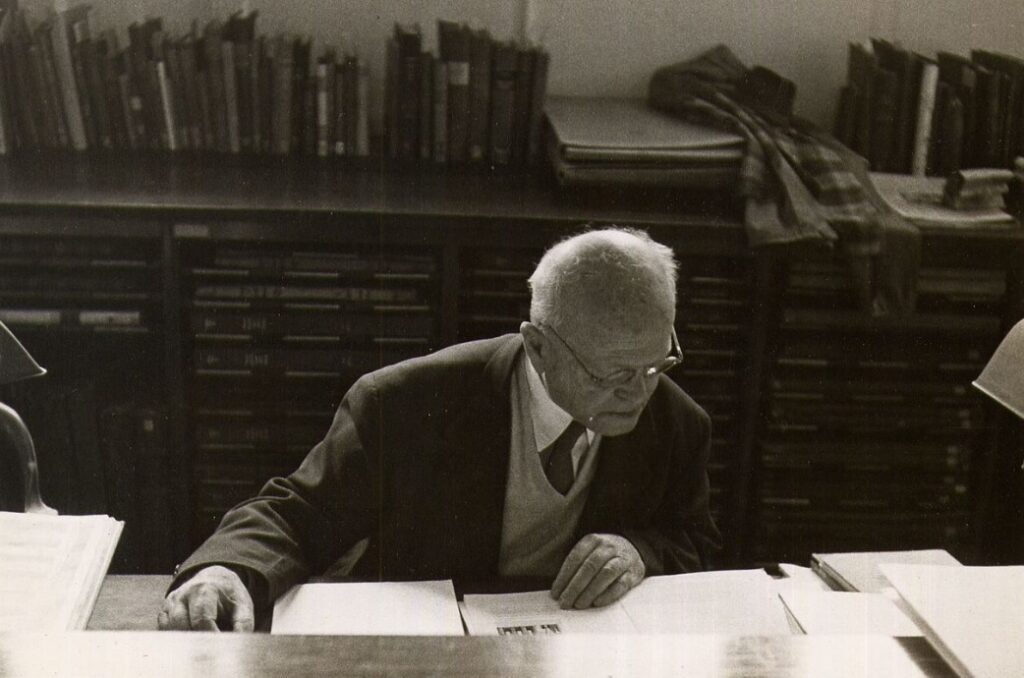
Paul Frankl was an Austrian-American architect and designer. Frankl was an Austrian-American architect and designer whose work has been celebrated by the field of design. He brought a unique approach to designing projects, blending the clean lines of modernism with the organic shapes of nature. This marriage of styles gave his designs an unmistakable signature that made him stand out in a sea of designers.
By rejecting a single-dimensional interpretation of modernism, Frankl developed a style that combined traditional ideas with progressive concepts found only in his work. His contribution to design has been far reaching and continues to influence today’s architects and designers alike.
What was Paul Frankl known for?
Paul Frankl is known for his contributions to the fields of modern architecture and furniture design. Frankl is an influential modernist architect and furniture designer whose contributions to these fields have had a lasting impact. A student of Otto Wagner, he was a pioneering figure in developing what became known as the Vienna Secession style.
Through his various designs, both inside and outside of the architectural field, Frankl demonstrated a great passion for the avant-garde and continually sought to create structures and objects that focused on innovation and practicality. Product designs such as his well-known Cubic Line bookcase are still seen around the world today, and they remain timeless reminders of his contribution to modern architecture and design.
Paul Frankl’s most famous work is the “Skyscraper Chair”
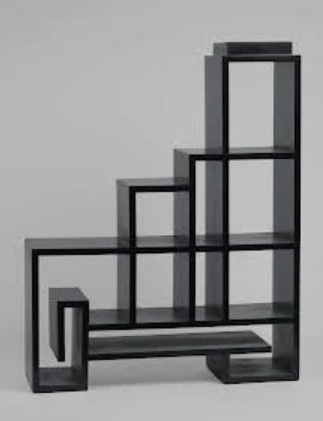
Paul Frankl, an early 20th century architect and designer, is lauded for his masterwork known as the “Skyscraper Chair”, released in 1930. Its form is that of a multi-tiered shelf, with a ladder-like geometric structure made from chromed steel. The chair was symbolic of modernist architecture, reflecting the skyscrapers and other structures seen around cities at that time.
Appearing at prestigious design exhibitions alongside other iconic pieces such as Le Corbusier’s daybed, it helped mark Frankl as one of the leading figures on the European avant-garde scene. While many of his designs came to define modernist home decorating during the ’30s, it’s the Skyscraper Chair that stands out as his most iconic work.
Other notable Paul Frankl designs
Other notable Paul Frankl designs include the “Barcelona Chair” and the “Wassily Chair.” Paul Frankl was certainly a master of modernist design, most notably with the Barcelona Chair and Wassily Chair. The Barcelona Chair’s iconic “X” frame was designed in 1929 and its plush tufted leather cushioning is both modern and elegant. This chair stands out in any space. The Wassily Chair, designed in 1925, offers a remarkably simple aesthetic that looks timeless even today.
It was created using bent steel tubing and canvas because these materials were readily available at the time given its World War I context. Both of these designs, while different, offer an exemplary piece of design history an represent the boldness and creativity Paul Frankl exuded in his work.
>>>This May Also Interest You: Huntley Furniture<<<
Where was Frankl’s work featured?
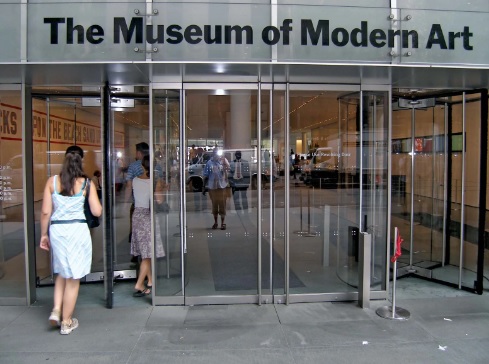
Paul Frankl’s work has been featured in several museums, including the Museum of Modern Art in New York City. Paul Frankl’s is a world-renowned architect, artist and designer whose work has been appreciated by many. His legacy of combining modern elements with historic inspirations echoes across the globe, as his pieces have been featured in a variety of esteemed institutions such as the Museum of Modern Art in New York City. Frankl was one of the first to take modern design and technology and explore how it could be integrated into traditional styles.
His approach was unique in that he believed the dialogue between contemporary materials and historical building techniques should be preserved. This combination is what makes his work so special, as it seamlessly blends classic influences with twenty-first century flair.
As we can see, Paul Frankl left an indelible mark on modern architecture and furniture design. His iconic pieces such as the Skyscraper Chair, Barcelona Chair, and Wassily Chair will remain iconic reminders of his genius. Furthermore, it has been said that what truly set him apart was his boldness to think outside the box and innovate without fear of failure. He was a risk taker who excelled in his field and created some of the most recognizable artwork of all time.
Paul Frankl’s legacy lives on throughout the world and is a reminder to us all to strive for greatness even if it means taking risks. His artwork has been featured in some of the most prestigious museums around the world including the Museum of Modern Art in New York City, which speaks to its enduring significance in art history. We should all be inspired by his courage and creative spirit and attempt to uncover our own inner artist even when going against conventions.
Paul Frankl: My Conclusion
As the saying goes “A good artist imitates; a great artist steals” – may Paul Frankl’s influence never be forgotten! If you have any comments, please leave them below. Thank you for reading!

